Gearing Up for Field Work | Spot Sampling or Continuous Monitoring?
Your site conditions and data needs are unique, so when it comes to preparing for a field visit, you need to know whether you will be collecting water quality data manually or relying on deployed equipment to log or transmit data. We refer to these methods as spot sampling and continuous monitoring. Depending on which method you employ at your site, you will need to have the right equipment to make your field trip go as smoothly as possible.
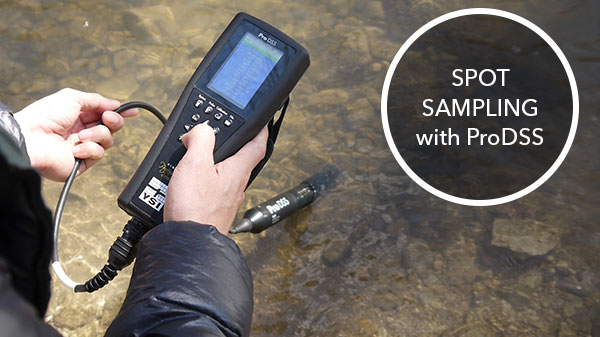
Spot sampling, or grab sampling, is the manual collection of a sample for analysis in a single moment of time. In terms of water quality, you would perform spot sampling using a handheld meter like the ProDSS or the ProQuatro for field parameters. You could also use an automatic sampler, like the ProSample, for the collection of discrete water samples for laboratory analysis.
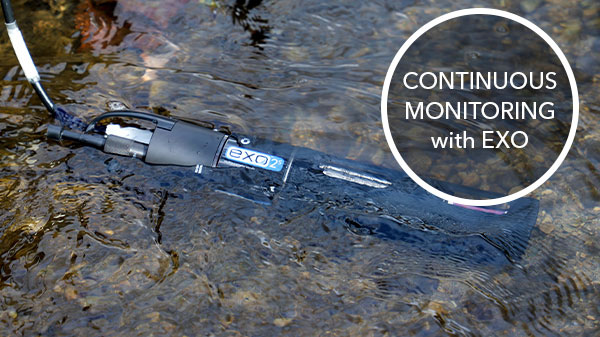
Continuous monitoring is exactly how it sounds—the continuous collection of data over an extended period of time, either by logging data to a deployed instrument or data logger, or by transmitting data in real-time to a data platform. Whether you collect water quality or water level and flow, the right equipment can make a big difference to how much time you spend in the field, and how often you need to return to the site. For example, the EXO Multiparameter Sonde can be used not only to collect spot samples but also as a deployed instrument, logging data internally to its onboard memory. Instead of visiting your site daily to collect discrete sample data, you could return once a month to perform site maintenance and download magnitudes more data at once.
Continuous monitoring sites that employ the EXO, Amazon Bubbler, Nile Radar, or other equipment, can be connected to a data logger like the Storm3 and telemetered to a hosting platform, like HydroSphere, to allow you to view real-time site data from your home or office. Real-time data can give you insight into whether your site requires an in-person visit and allow for more immediate regulatory action.
The decision between spot sampling and continuous monitoring essentially boils down to a few questions:
What is the Goal of Your Study?
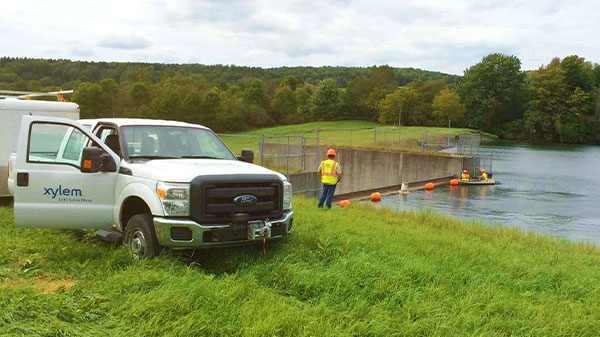
The goal of your study should be the first consideration when determining whether spot sampling or continuous monitoring is necessary. Is the goal to look at data on a small time scale or is there a need for a more complex, long-term dataset? Spot sampling is great for capturing acute events, or events that happen infrequently, such as stormflow, targeted outflows, or as an immediate response to pollutant leaks. Continuous monitoring is best for capturing events of longer duration, such as seasonal periods of increased flow, or to determine trends over an extended period of time.
Spills into waterways are never planned and never seem to be conveniently located near your existing continuous monitoring sites. During these types of events, it is important to have a targeted approach to collecting data. Best practice is to sample at the spill location, as well as upstream and downstream; you can then determine the effect of the influent on the waterbody based on upstream conditions. Since you need immediate action and spills are typically cleaned up and resolved quickly, spot sampling should suffice for this short time period.
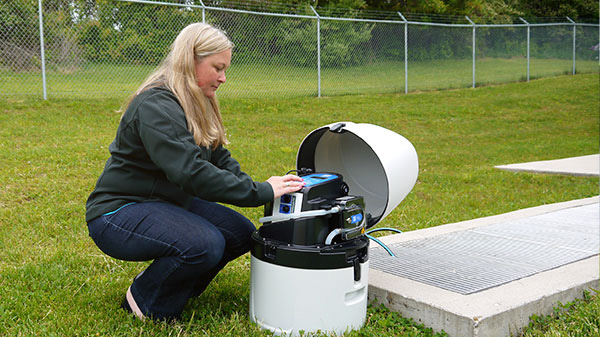
A long-term but acute study might be recording targeted events in wastewater or stormwater with an autosampler for lab analysis. Since an autosampler collects volumes of water that you would need to send to a lab, this method does not qualify as continuous monitoring. However, samples can be collected regularly for the determination of key parameter load trends, which is an important factor in monitoring Total Maximum Daily Load (TMDL) requirements. (Learn more, Continuous Water Quality Monitoring to Mitigate TMDL Trauma).
Increased sediment in a water body typically correlates to increases in metals, nutrients, and microorganisms such as fecal coliforms and E. coli. These are all parameters that may be regulated by TMDLs. If your waterbody of interest is subject to large flood events, dam releases, seasonal population fluctuations, or other temporal shifts in flow and water quality, long-term trend analysis using continuous monitoring may be the best answer. TMDLs can be much more easily computed when a researcher is able to see the trends in data at a smaller timescale, as opposed to a single daily (or less frequent) point.
As you can see in the data plot below, the data tells a different story when looking at a weekly, daily, or hourly timeframe. If we look at one sample a week, we can see that nitrate concentrations are decreasing over time. However, with daily sampling, we can see that there are certain days of the week that show a more pronounced dip in nitrate. And with hourly data, these troughs are even more apparent. This kind of data is possible with a deployed EXO sonde, equipped with the NitraLED sensor. The specific goals of your study will determine your ideal data collection frequency.
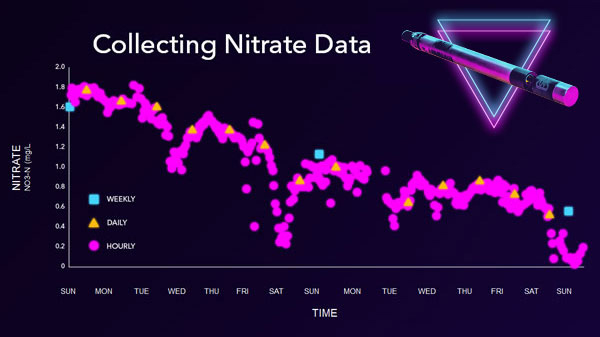
How Responsive to Changes Do You Need to Be?
Depending on the water body in question, water quality conditions can either change rapidly, or they could be stagnant. For example, an urban stream can change significantly during a storm event or a point source spill, while a rural groundwater well may have no noticeable change over the course of an entire year. Each site is unique and will require specialized equipment to fit the conditions present.
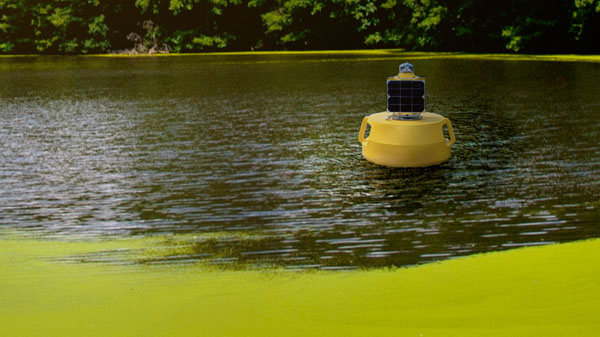
Harmful Algae Blooms (HABs) are on the rise, and HAB monitoring programs are becoming more of a necessity. Monitoring lakes, reservoirs, and streams for algae, nutrients, other related parameters can give you insight into when a HAB event may occur and how to predict it. In this case, you will need periodic water quality data that will help you assess risk for recreational activity and public safety.
The EPA designated uses (source drinking water, full body contact, etc) of the waterbody will determine the frequency of sampling that is sufficient to mitigate risk, whether the ideal rate is weekly, daily, or as frequently as possible. The rate of sampling is also determined by the planned reaction: treatment, public notice, reporting, etc. You must consider the program design and response to designate the appropriate sampling rate for your site.
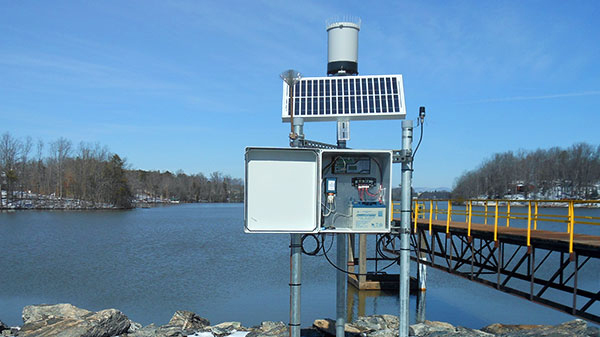
For aquaculture and wastewater treatment, monitoring dissolved oxygen is imperative to determine when to turn on oxygenation pumps. Fast response is vital to the operation and efficiency of the system. Similarly, sediment dredging requires consistent monitoring to avoid increased levels of turbidity. In either of these scenarios, if a criterion is exceeded, there are likely consequences; your fish die, your equipment does not function efficiently, you are fined by the State, public health is at risk. Continuous monitoring equipment and telemetry systems (ISS Turnkey Systems or Buoys) can provide consistent, real-time data that will relieve your staff hours, ensure compliance, and provide peace of mind. Conveniently, YSI’s cloud-based software platform, HydroSphere, has an alarm functionality built-in that sends real-time alerts via text message or email for the fastest decision-making possible.
Groundwater wells typically have extremely long residence times and are sampled on an annual basis for ecological and climate studies. However, there are also those that are used for pumping drinking water. In the US, these are subject to the Clean Water Act (CWA) and need to be monitored quarterly or more frequently for changes that would indicate a source of pollution contaminating the well. In the case of academic studies, spot sampling may suffice; but for drinking water sources that can directly impact human health and the environment, continuous monitoring is the best choice. You will want to understand the applicable water quality legislation and regulations in your country to make the best monitoring decisions.
Are there Resource Constraints that Need to be Considered?
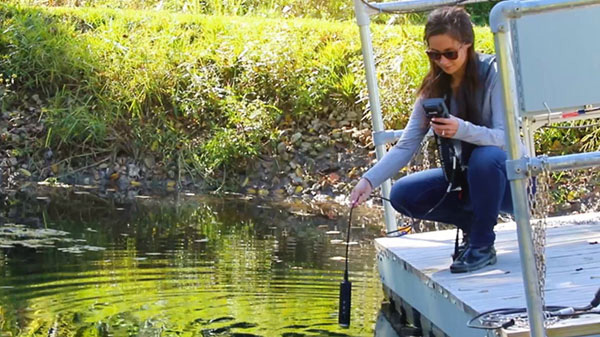
When considering spot sampling or continuous monitoring, you will need to plan for the physical, financial, and personnel needs to get the project done right.
Depending on your standard operating procedures for spot sampling, your equipment may need daily calibration. In this case, plan to have plenty of calibration standards in stock. On the other hand, continuous monitoring may only require monthly calibration, and therefore less calibration solution.
Since spot sampling usually requires more frequent field visits, consider whether site access will involve renting or purchasing transportation such as watercraft or off-road capable vehicles. Continuous monitoring will likely require fewer site visits since the data is logged or transmitted automatically, and visits are solely to maintain the instrumentation and site.
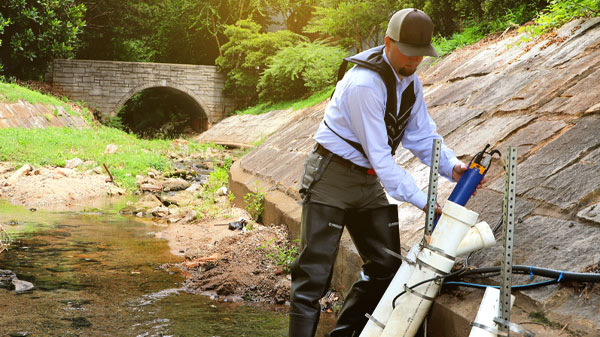
In terms of field protocols and equipment needed, spot sampling is typically performed with a multiparameter meter, or other handheld instrument for in-situ measurements, and grab sample bottles. Continuous monitoring uses specialized equipment for data collection and transmission encased in permanent equipment housing that is strategically mounted at the site to protect the instrumentation, prevent loss, and allow for a more turnkey site setup. These structures can range from a simple PVC pipe to a large aluminum or steel welded, water-tight platform that houses measuring and telemetry equipment.
Compared to the manual data generated from spot sampling, continuous monitoring will provide an extensive amount of data. An internal data platform or database can help manage this component, but may also require additional time for data processing and analysis.
Spot sampling generally has a low bar for entry; the overall equipment needs are simple, and there are usually no structural needs for site deployment, as this is done by hand. As mentioned above, spot sampling may require more frequent site visits. If sampling is done on a daily basis, the time and resources can certainly add up.
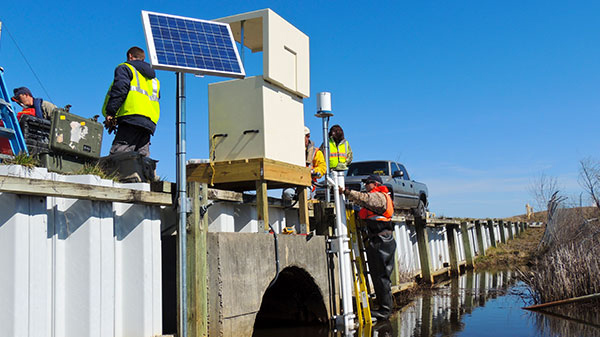
The cost for entry for continuous monitoring can give project managers pause. The equipment package tends to be pricier due to the added features (i.e. wet-mateable connectors, internal logging, telemetry, the ability to communicate to a data logger) that are necessary for long-term deployments. Then there is the daunting task of monitoring station installation and staff training. With help from the YSI Field Services team, this step can be managed with ease and even provide added value and skills to your internal processes.
Once these upfront requirements are resolved, the result is a robust system with countless benefits. These continuous monitoring systems can last years with proper upkeep; they free up time that staff once had to spend in the field collecting data; and they remove people from often dangerous field situations, such a storm event sampling, wastewater outflows, and extended road time to remote sites.
So which will You do?
There are many monitoring options to explore when considering your unique project and site conditions. Employing spot sampling, continuous monitoring, or even a combination of both can set your program up for success. Once you find the best approach, YSI is more than happy to help you get started, and we have plenty of resources available for you!
